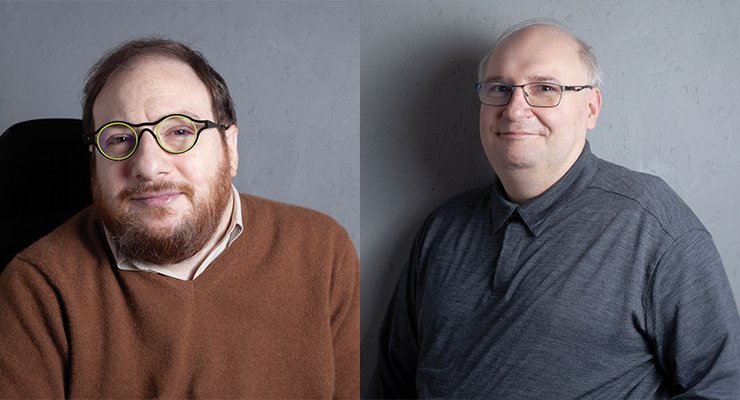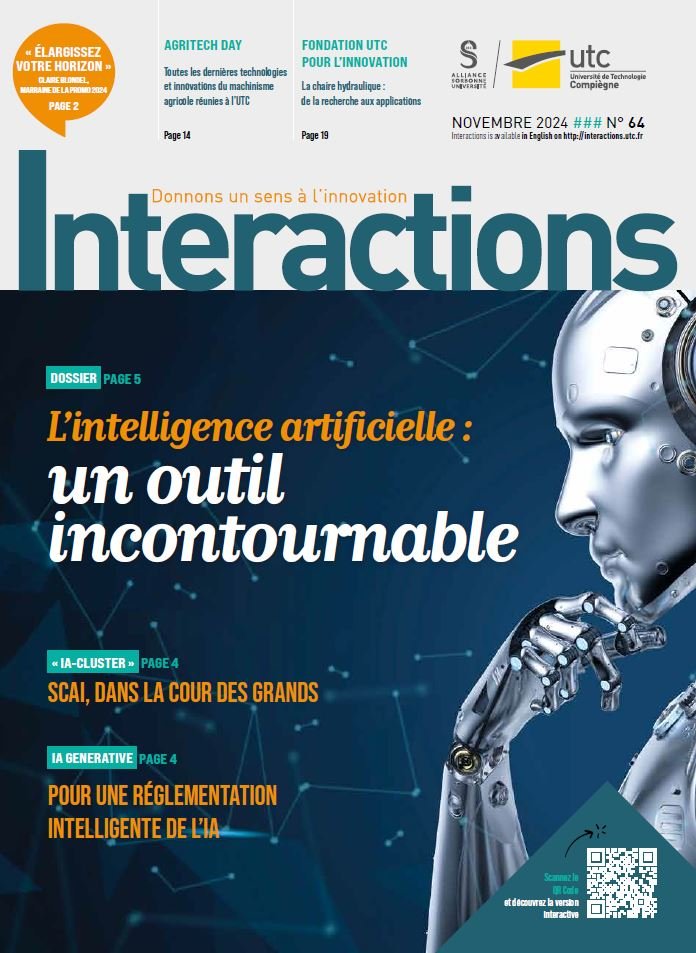e‑BioMed : preventing falls chutes, stress and falling asleep at the steering wheel

Dan Istrate is a lecturer-cum-research scientist at UTC and is responsible for the academic Chair e‑BioMed dedicated to connected biomedical tools. Vincent Zalc, a CNRS research engineer, is also attached to the chair.
What are this chair’s aims? “The e‑Biomed chair was created in 2014 at the initiative of Sorbonne University in order to combine skills in the field of e‑health. It administratively reports to the UTC-BMBI UMR 7338 joint UITC-CNS Laboratory, notes Dan Istrate.
What are the chair’s research areas? “The first concerns equipment for the homes of elderly people. It is a question of being able to remotely monitor everything relating to physiological data in order to be able to react quickly, if necessary. This monitoring will make it possible to prevent the risk of falling, but also to monitor the condition of people suffering from chronic illnesses by detecting warning signals,” he explains.
And what are the tools you use? “We try to combine different types of sensors integrated into the environment. For example, for localisation, we will use motion detectors. Above all, we will process the sound environment in order to detect, not necessarily speech, but sounds that allow us to identify the person’s activities and in particular their condition,” he stresses.
“The sounds to be recorded can be of various origins. It could be the appearance of a cough, heavy breathing or sneezing. These are all symptoms that are at risk, especially for an elderly person. A scream would indicate a situation of distress, just as a tap that runs a little too long would indicate that the person cannot get up, etc.,” adds Vincent Zalc.
Tools designed not only to detect events such as a fall, for example, but above all to anticipate their occurrence. “Thus, we can imagine that a person is beginning to suffer a loss of autonomy if he or she makes fewer movements in a room or to move from one room to another,” he says.
These devices are useful in other situations, particularly in homes for the elderly. “We have worked with the company Legrand in particular on EHPADs. Faced with a shortage of staff, equipping rooms makes it possible to optimise the use of existing resources,” explains Dan Istrate.
Are other areas of research explored by the chair? The detection of stress or the early detection of falling asleep while driving. “Many studies show that chronic stress is not only dangerous in the case of chronic illnesses such as hypertension, but can also lead to other illnesses. Using information such as heart rate, skin conductance, back muscle contraction, etc., we hope to develop a device, such as a watch, to measure stress levels continuously. Finally, the last line of research concerns the early detection of sleepiness while driving, a project carried out with CoreForTech, a start-up from Lille,” he concludes.
MICRO-ORGANS-ON-A-CHIP
The partnership between the UTC and Tokyo University is not new. The creation of the international chair of which Cécile Legallais and Éric Leclerc are co-holders is a proof.
Entitled “Disruptive Organoids Technology”, this international chair was created in 2021 as part of the collaboration between UTC-BMBI on the one hand and the LIMMS, a joint unit of the CNRS and the University of Tokyo, on the other. “The creation of the chair meets the need to consolidate the collaboration between the two partners around the construction and validation of these micro-organs-on-a-chip and, more specifically, the study of metabolic disorder syndrome. Called the ‘disease of the 21st century’, it combines obesity, diabetes and many other metabolic disorders,” explains Cécile Legallais.
Some objectives of the chair? “Firstly, to evaluate in vitro therapeutic solutions for patients suffering from this syndrome, but also to conduct studies to understand the mechanisms and interactions between organs in this disease. The idea is to try to reproduce a model in our microfluidic devices in order to understand the genesis of the pathology,” she adds.
Why the University of Tokyo? “On the one hand, we are both interested in future therapeutic applications, and on the other hand we have complementary skills in the development of these organs-on-a-chip, particularly in the study of the liver,” concludes Cécile Legallais.




